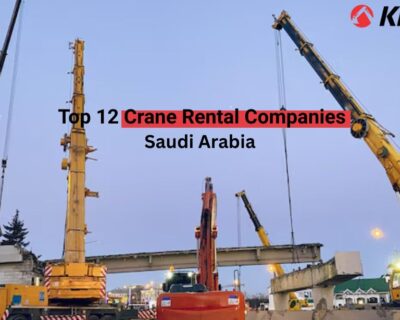![16 Types Of Welding Machines [Choose the right one for your project]](https://kitesgcc.com/wp-content/uploads/2022/02/16-Types-Of-Welding-Machines-Chose-the-right-one.png)
16 Types Of Welding Machines [Choose the right one for your project]
Summary: An overview of the different types of welding machines used in construction
Welding is one of the most common practices in the construction industry. Welding machines are used to fuse two or more pieces of metal together. There are many different types of welding machines that are used in the construction industry. In this blog post, we will be discussing some of these types and their specific uses, this article with help you choose the best welding machine for your next project.
Types of Welding Machines
Metal Inert Gas (MIG) welding:
One of the best types of welding machine used for construction is the MIG (Metal Inert Gas) welder. It is also called Gas Metal Arc Welding (GMAW). It’s a popular choice in construction because it is an easy and fast way to weld metal with minimal fumes.
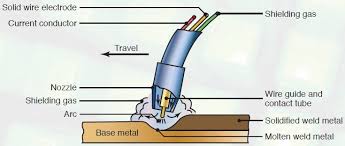
Another advantage to this type of welder is the ability to control the heat – even when welding aluminum, which can be difficult when using other welders.
TIG welding:
TIG welding is a method of welding, commonly done with the use of a Tungsten Inert Gas (TIG) welding torch.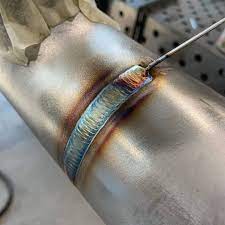 It is used to weld non-ferrous metals such as aluminum and brass, and most types of stainless steel. TIG welding machines are utilized for various welding processes including door handles, bike frames, fenders, etc.
It is used to weld non-ferrous metals such as aluminum and brass, and most types of stainless steel. TIG welding machines are utilized for various welding processes including door handles, bike frames, fenders, etc.
Stick welding:
It is one of the most popular varieties of welding machines used in construction. Stick welding is also known as shielded metal arc welding or by its acronym SMAW. It is relatively cheaper than other forms of welding. The process uses a rod made of a metal filler material that is covered with flux.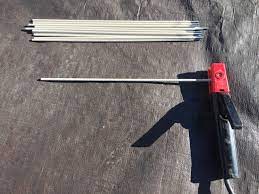
When the rod completes the circuit it creates an arc that produces heat and can weld together metals such as steel, stainless steel, copper and copper alloys, nickel alloys, aluminum, and magnesium.
Plasma arc welding:
Plasma welding is another kind of welding used in construction, but only when working with thick metals. It uses extremely high temperatures to melt through thick metals that cannot be cut with torches or flame tools.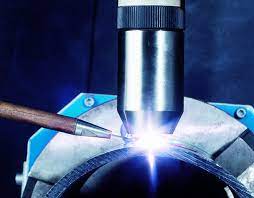
A very thin jet of plasma is created to cut through metal up to 1 inch thick without damaging nearby areas or causing heat damage to the surrounding area.
Atomic hydrogen welding machine:
Atomic Hydrogen Welding (AHW) is used in shipbuilding and marine industries for complex steel joints. 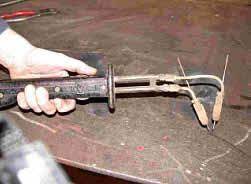 This type of welding uses atomic hydrogen as a source of energy to heat up the materials before they are joined together.
This type of welding uses atomic hydrogen as a source of energy to heat up the materials before they are joined together.
Submerged arc welding machine:
Submerged arc welding is a type of arc welding machine. It involves a metal joining process in which the arc is struck within an inert gas-filled chamber. Submerged Arc Welding machine’s (SAW) typical uses are for thicker materials that require higher heat input to properly melt and bond them together.

Their use has become more common due to their versatility and their high-quality welds. They are commonly used in the construction of oil rigs, bridges, ships, pressure vessels, and other heavy-duty items.
Electron beam and laser welding:
Low welding heat input, high weld depth-to-width ratio, narrow heat-affected zone (HAZ), and reduced distortion are some of the benefits of Electron Beam Welding 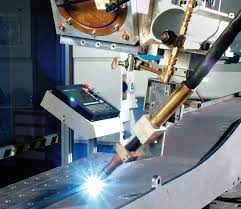 (EBW) and Laser Beam Welding (LBW), which are both high-energy-density welding methods.
(EBW) and Laser Beam Welding (LBW), which are both high-energy-density welding methods.
Gas welding:
The process of cutting and/or joining metals together by using heat that is generated
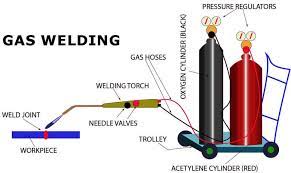
by the combustion of a fuel gas such as acetylene is known as gas welding. Because of its wide range of applications, gas welding is one of the most common types of welding used in construction. It is mostly used for repair works.
Flux-cored arc welding (FCAW):
Flux-cored arc welding (FCAW) is a metal-bonding technique that is similar to MIG welding as it uses a continuous electrode. 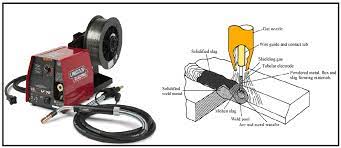 FCAW, on the other hand, contains a tube-shaped wire rather than a solid one. As long as the wires are adequately shielded, the approach can be used for both indoor and outdoor construction works.
FCAW, on the other hand, contains a tube-shaped wire rather than a solid one. As long as the wires are adequately shielded, the approach can be used for both indoor and outdoor construction works.
Electroslag welding:
Heavy metal pieces are joined together via electro slag welding for usage in machinery and industrial equipment. The process is carried out in a vertical position, 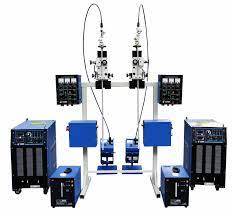 allowing for a clear view of the work as it develops. It’s used to weld thick-walled objects with enormous diameters, as well as pressure vessels, storage tanks, and ships.
allowing for a clear view of the work as it develops. It’s used to weld thick-walled objects with enormous diameters, as well as pressure vessels, storage tanks, and ships.
Carbon Arc Welding (CEW):
Carbon Arc Welding (CAW) is a bonding procedure that uses temperatures above 300 degrees Celsius to connect metals. An arc occurs between the metal surfaces and the electrode in CAW welding. 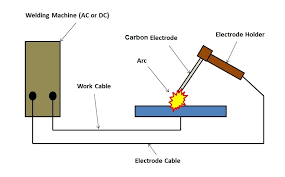 The primary goal of the CAW method is to create a strong connection between the different metals.
The primary goal of the CAW method is to create a strong connection between the different metals.
Oxy-fuel welding:
This type of welding machine involves the use of liquid fuel and oxygen to shape the metal. The oxygen-generated temperature is applied to concentrated sections of a metal surface during the procedure.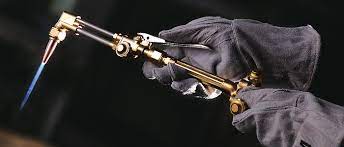
Welding with oxy-fuel takes place in a controlled environment. Oxy-fuel welding is commonly utilized for metal and alloy welding, and cutting operations.
Resistance Spot welding (RSW):
Resistance spot welding is a type of arc welding that uses heat to fuse metal surfaces together.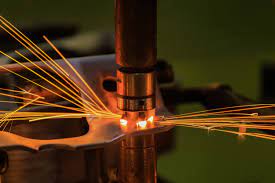 This heat is produced by electrical current resistance. This welding technique is commonly used to combine two or more metal sheets.
This heat is produced by electrical current resistance. This welding technique is commonly used to combine two or more metal sheets.
Resistance seam welding:
The resistance seam welding process is a variation of the standard resistance spot welding procedure. Resistance seam welding is a technique for generating heat between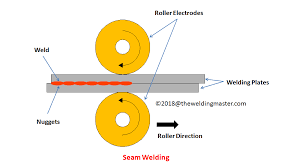 the faying surfaces of metals that have similar characteristics.
the faying surfaces of metals that have similar characteristics.
Seam welding begins on one end of a joint and progresses to the opposite end. Twin electrodes, usually constructed of copper, are used in the process.
Projection welding:
Projection welding is a type of spot welding that concentrates heat in a specified location for positioning. When special nuts, small fasteners, 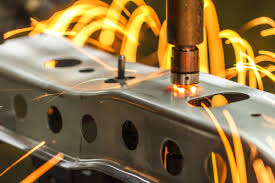 special bolts, studs, and other similar parts are used as projections on the area of the object to be welded, projection welding is most usually used.
special bolts, studs, and other similar parts are used as projections on the area of the object to be welded, projection welding is most usually used.
Cold welding:
Cold welding, often known as contact welding, is a process of joining surfaces without the need for heating or melting. 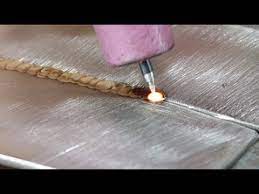 Cold welding is commonly used in aerospace, automotive, advanced fabrication applications, and laboratory industries. It’s also frequently used to connect cables.
Cold welding is commonly used in aerospace, automotive, advanced fabrication applications, and laboratory industries. It’s also frequently used to connect cables.
KITES Equipment Rental, one of the top equipment rental suppliers in Saudi Arabia, helps customers choose construction equipment based on their project needs and offers affordable rental services.
Finding it difficult to choose the best welding machine for your project? Then reach out to your representatives right away — email us at sales@kitesgcc.com or call us now!



